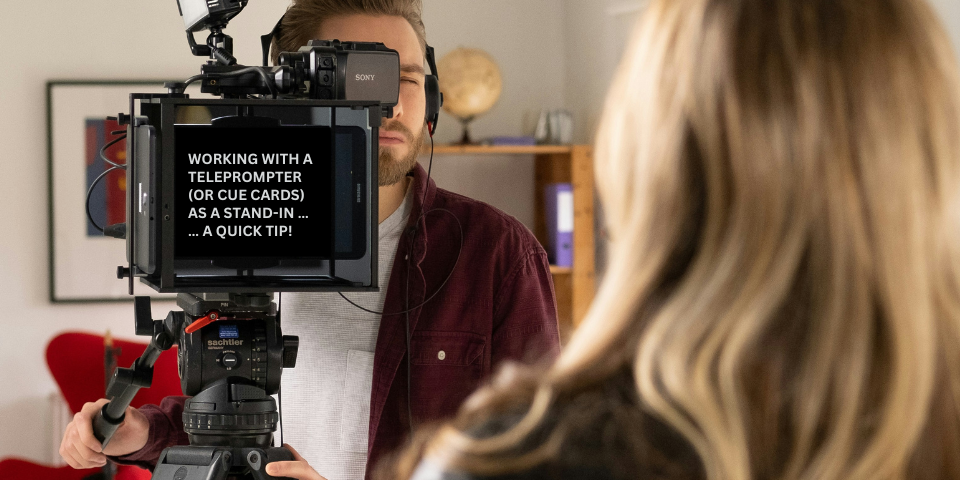It’s always exciting at Stand-In Central to see television and film stand-ins get a bit of attention, when most of their work lives are spent behind the scenes in the shadows of their respective actors.
We’ve featured stand-ins on HBO’s popular television series Girls in a past article. But more recently, HelloGiggles ran an article all about the stand-ins on Girls. Namely, they featured Cara Guglielmino, who stands in for Lena Dunham, and Lytle Harper, who stands in for Allison Williams.
The article compiles photos of Lytle and Cara posing with their respective principal actors, including among them a photo posted by Girls director and producer Jenni Konner celebrating a day on set when both Lytle and Cara were awarded principal roles:
The above photo is spectacular in that is shows Allison Williams wearing tape across her shirt. The tape is the unmistakeable label that stand-ins on many sets wear, explaining their name, the character for whom they’re standing in, and the character’s number on the callsheet. It’s fun to see Allison Williams, a star on the show, embracing for the day the work of her stand-in Lytle.
Fact Checking
The HelloGiggles article has some factual errors, though. Cara has worked as Lena’s stand-in for a number of seasons, but it incorrectly states she has stood in for Lena since the beginning of the series. But more upsettingly, the article conflates stand-ins and body doubles when stand-ins and body doubles are distinctly different kinds of jobs on a television set — and ones commanding different pay rates.
As we’ve addressed in this previous article on Stand-In Central as well as this previous article, the media’s misrepresentation of stand-ins as body doubles (or photo doubles) in their reporting can be problematic, especially when audiences think that the stand-in is working on camera in place of an actor.
In fact, stand-ins do not work in front of the camera. Photo doubles and body doubles work in front of the camera. In general, photo doubles work on camera in place of an actor for small business like shooting hands or another part of the body in a shot that does not show the actor’s face. Photo doubles are often used when shooting insert shots.
Body doubles tend to work in scenes requiring nudity or in scenes of a sexual nature. A large portion of the actor’s body is visible in the shot, except the actor’s face.
While photo doubles are paid less than stand-ins, body doubles work at a rate much higher than stand-ins, at a rate comparable to principal actors. Furthermore, in their collective bargaining agreement, photo doubles are not classified as “performers.” In that same agreement, in some places body doubles are classified as “performers” and in other places are not classified as “performers.”
Can a Stand-In Also Be a Body Double or Photo Double?
While a stand-in could be a body double, in most cases the stand-in is not a body double — or almost certainly is not working as a body double every day.
However, occasionally stand-ins also work as photo doubles on the same day, so they may be regularly employed to double for the actor’s hands or other body parts.
When a stand-in also photo-doubles on the same day, per their collective bargaining agreement they earn a $10 adjustment on their daily stand-in rate. So if a stand-in is working at $189/8 hours, the stand-in who also photo-doubles on the same day earns $199/8 hours.
Click below to read the article:
Where have you seen stand-ins profiled in the media? Share your links below!






Leave A Comment